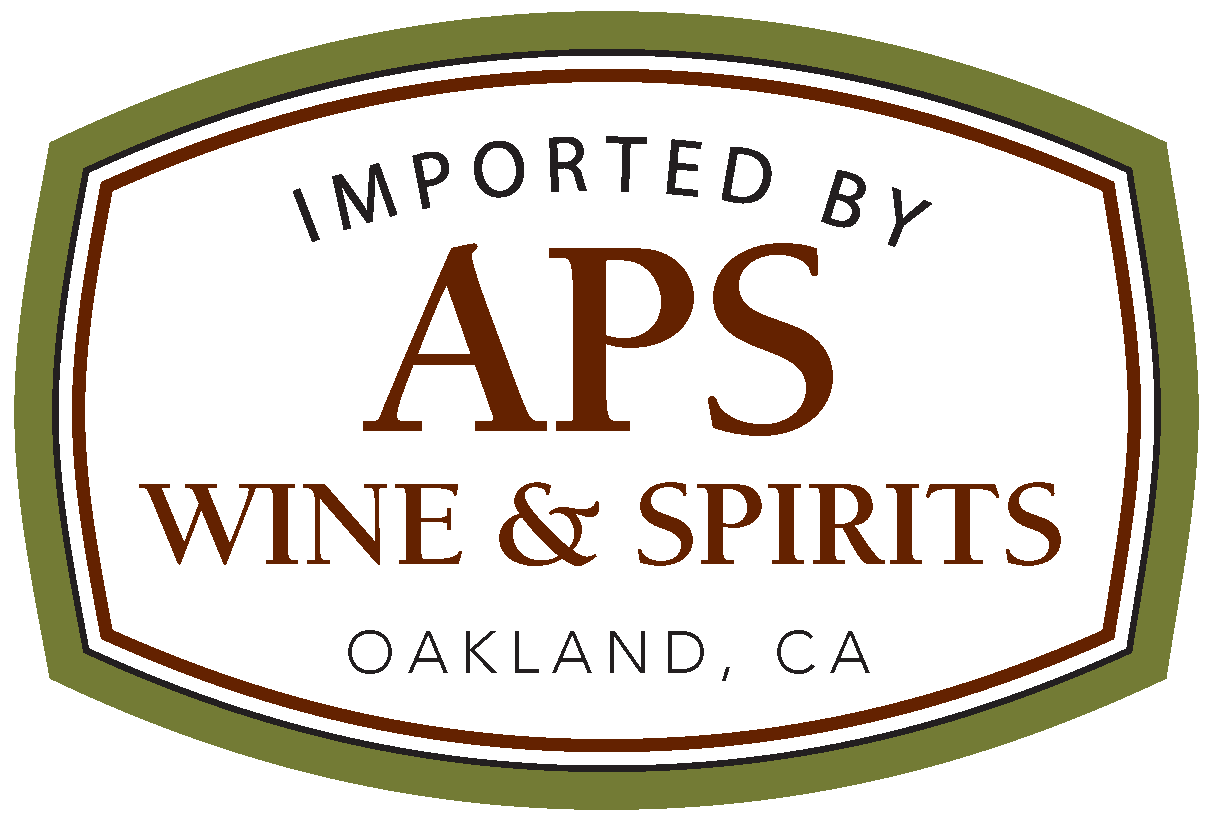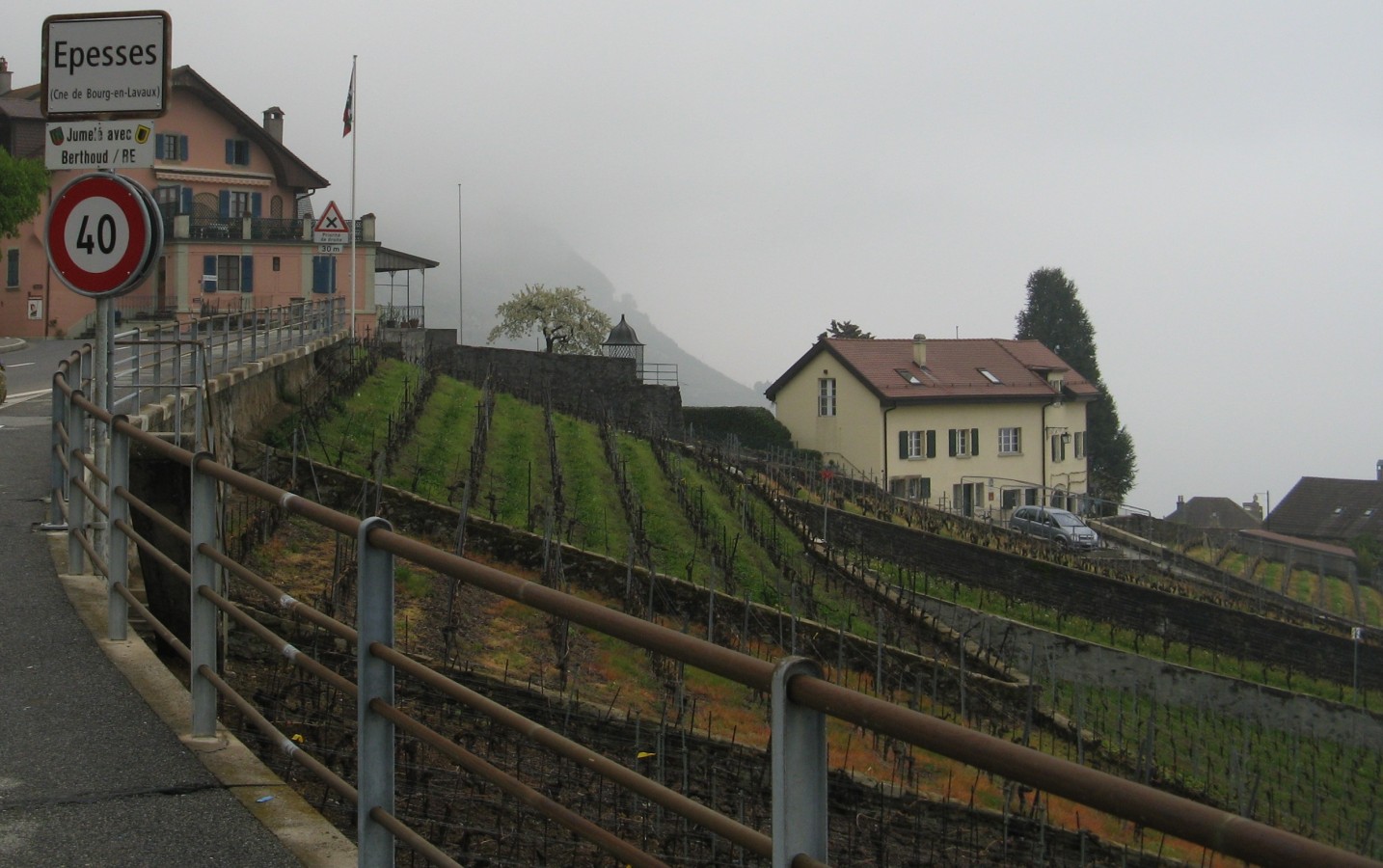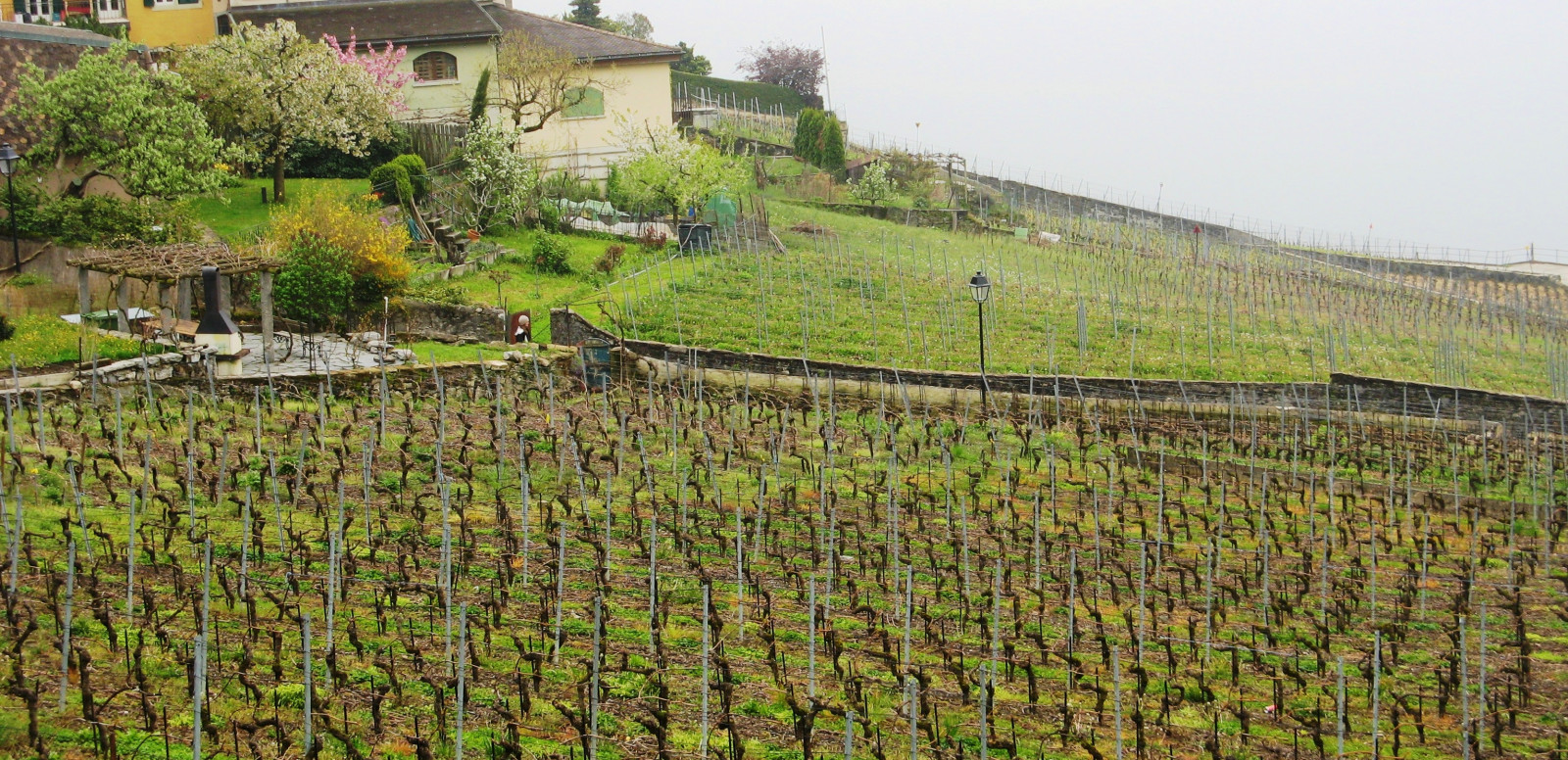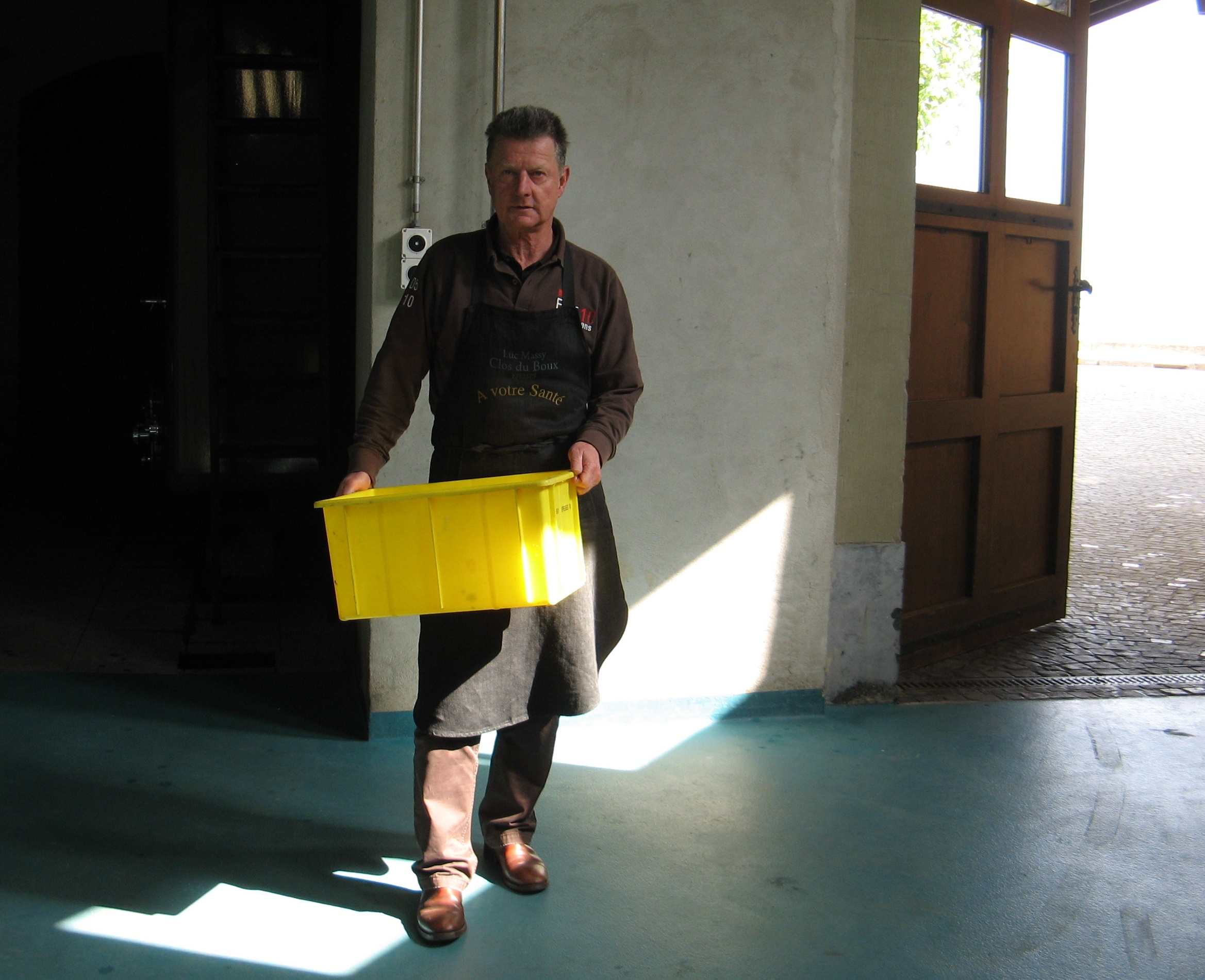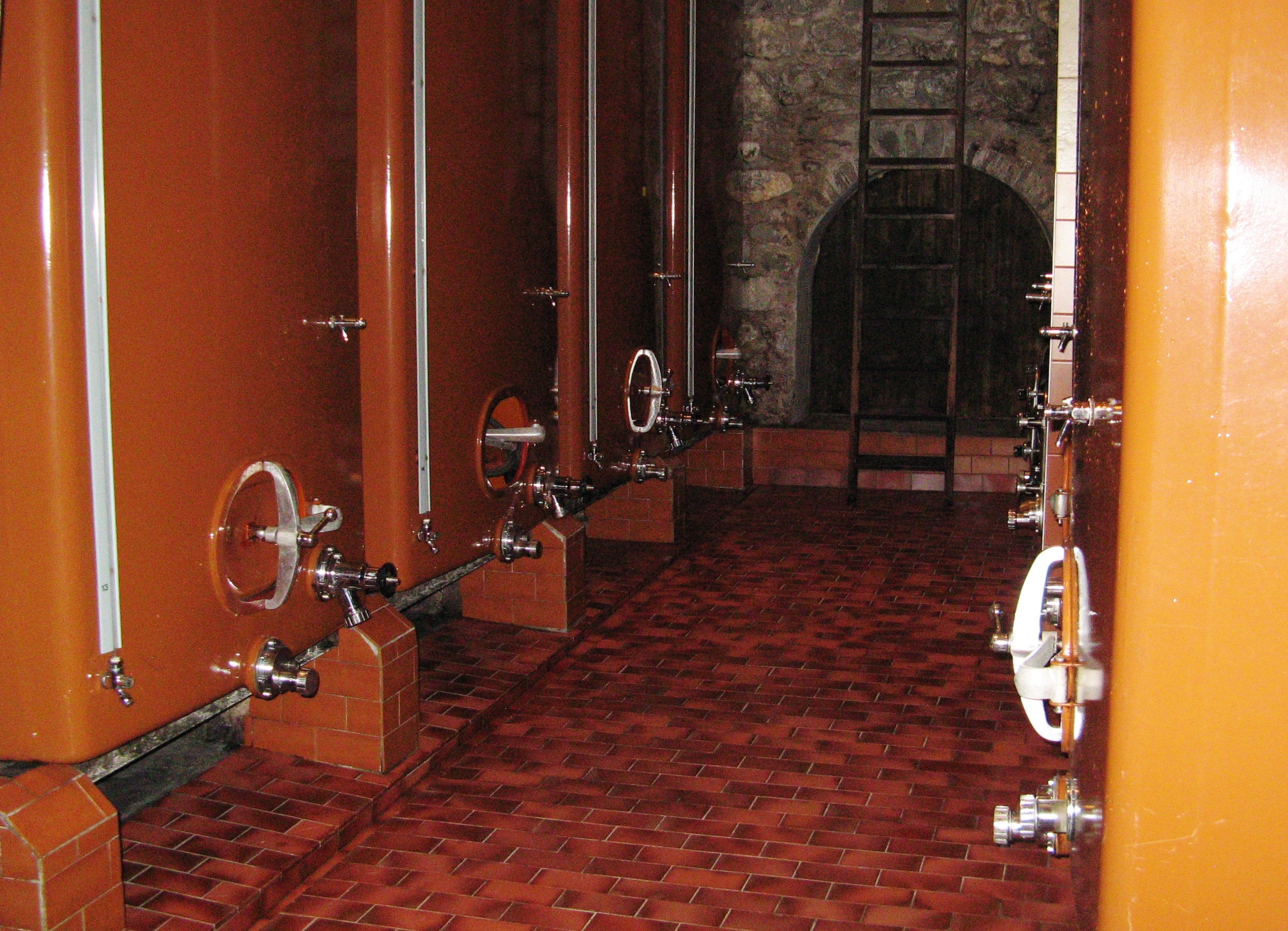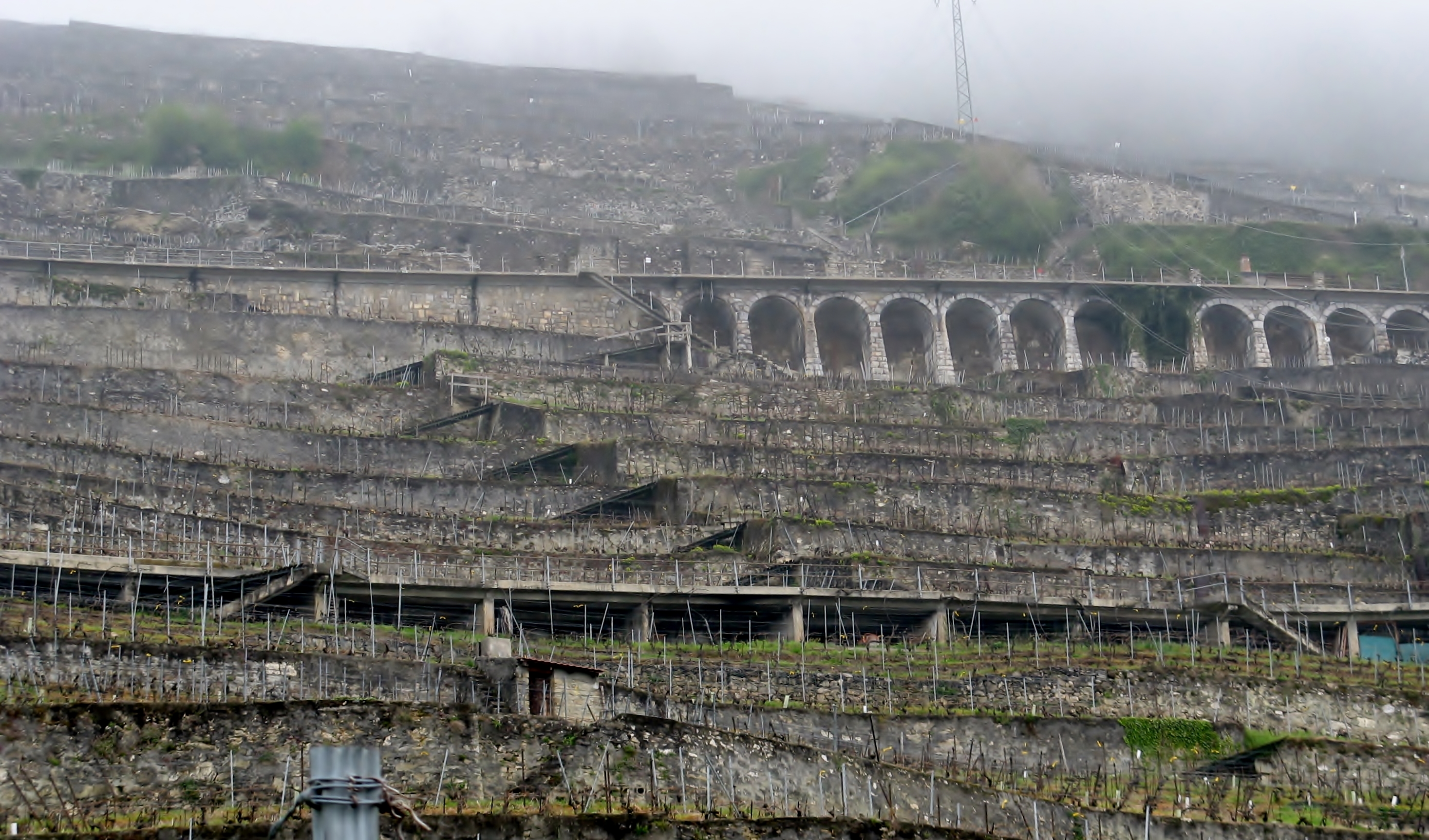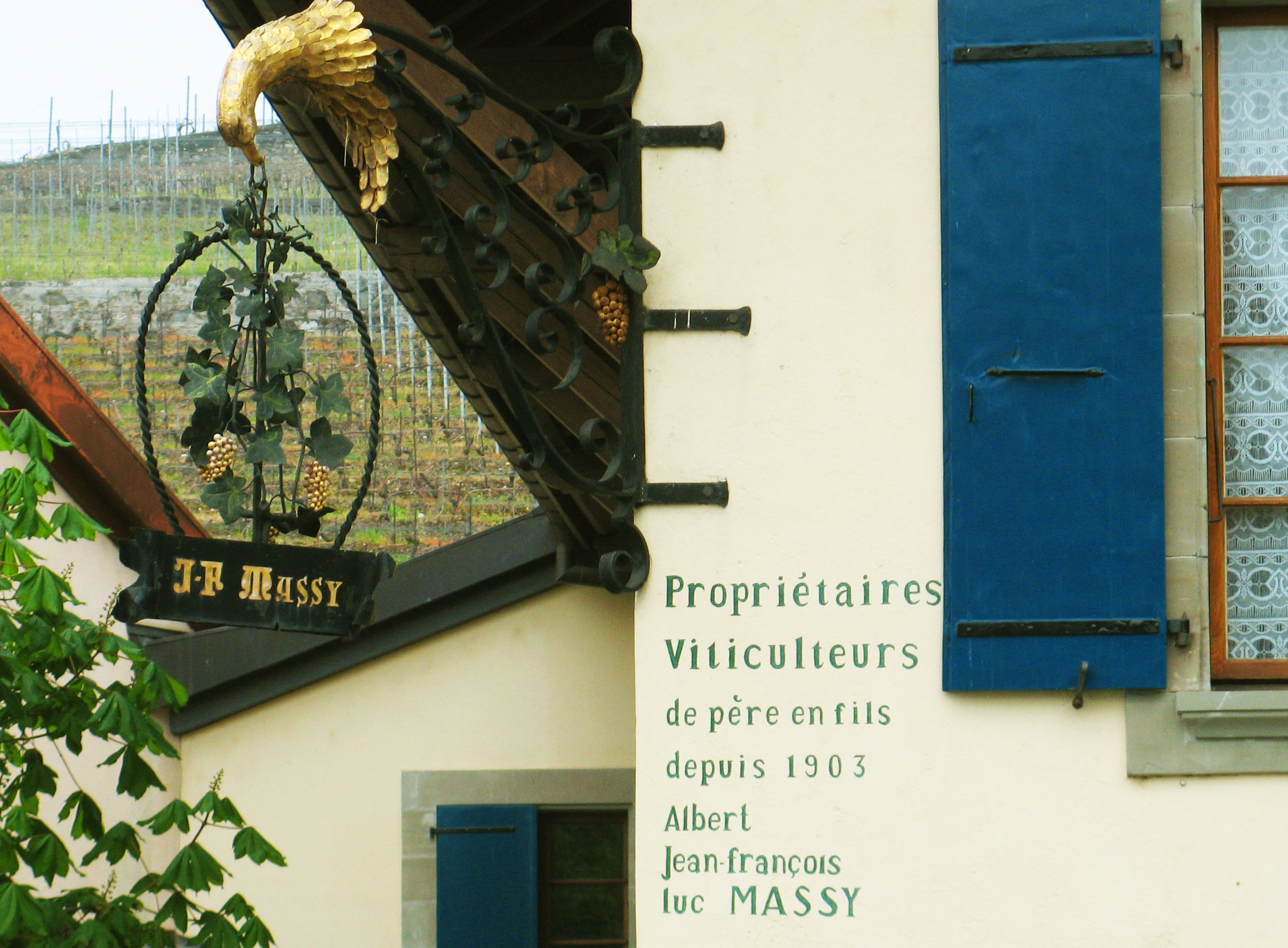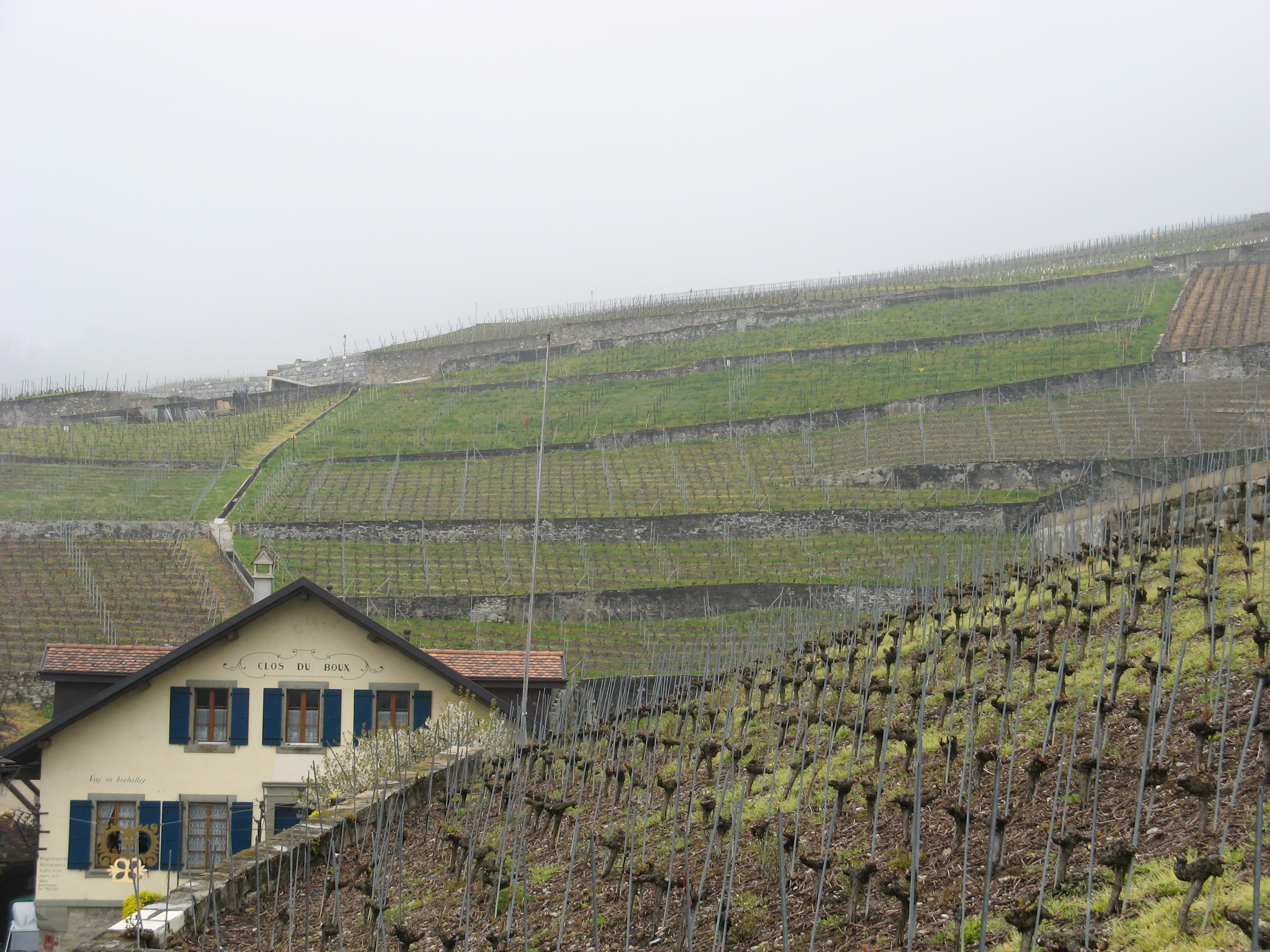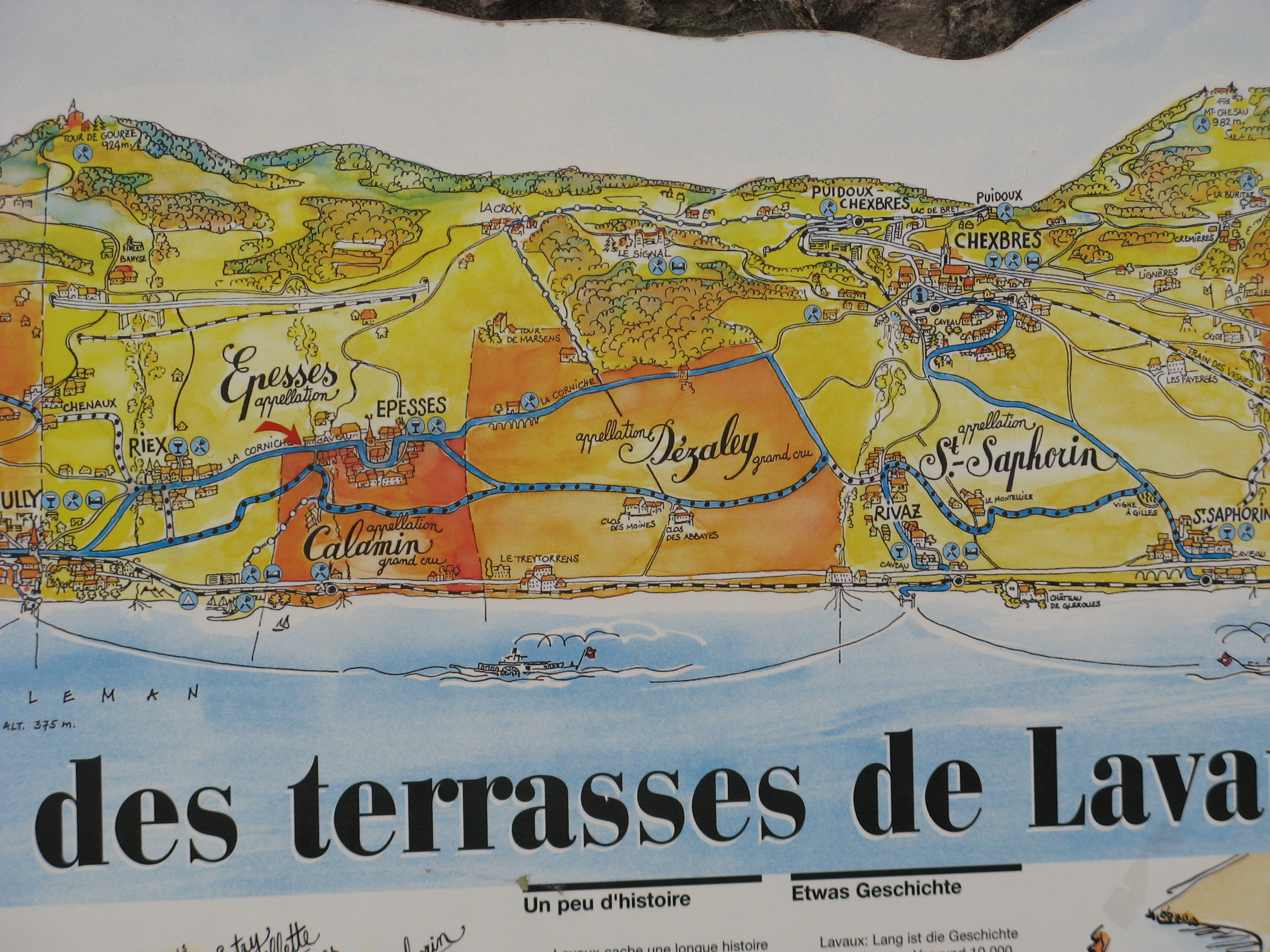A THOUSAND YEARS OF VITICULTURE
BEHIND FOUR GENERATIONS OF MASSY
“Our wines are our messengers. They are like us, frank, precise, and passionate with their personality and evolution. Let them tell you their story, in the best conditions of service, around the food they will magnify, between the guests they will bring together, and for memories they will forge. This will be our reward.” ~Luc Massy
The cliff-hugging Corniche Road leads to the village of Epesses. Here, on the northeastern shores of Lake Geneva, Cistercian monks planted vines in the eleventh century and introduced the locals to terraced viticulture. Today, the Lavaux wine region is divided into eight smaller regions, and Luc Massy makes wine in the top-three: Epesses, Saint-Saphorin and the Dézaley Grand Cru. The calm water of Lake Geneva extends its sunny palms over the balcony of Chasselas, Pinot Noir, and Gamay in angelic style. These vineyards are sacred by Swiss law; they are protected from commercial development and synthetic pesticides are forbidden. On the world stage (since 2007), the terraces of Lavaux are a “UNESCO World Heritage Site.” The monks have done their part.
The Massy story begins with Albert who purchased his first vines in Epesses as well as the 17th century Clos du Boux farmhouse. He was succeeded by his son, Jean-François who began bottling wines from the estate instead of selling them in bulk. In 1995, Luc Massy (the youngest son of Jean-François) and his wife Margaret became the faces of the domain, marrying tradition with a 21st century viewpoint. The soils of Epesses are hard and soft strata of calcareous clay covered with “moraine” or glacial debris. The grapes, organically cared for, are always destemmed and only their first-pressing will become finished wine. The white wines stay on their lees throughout fermentation and typically malolactic fermentation occurs, but it is never induced as only natural yeasts participate in the process. Oak casks maintain 8,700 liters, and that’s a modest size. In comparison to his neighbors, Luc Massy releases his wines late. Massy Chasselas with a little age? Yes please.
Now it’s Benjamin and Gregory Massy who will convince us that Swiss wine deserves a conversation, a small category on a wine list that is not shuffled into the mix of “German and Austrian Whites” or “Other Interesting White Wines.” Like Luc Massy says, “Our responsibility is not to preserve a fixed world, but to make it live, to evolve it, to improve it even more, and above all to share it.”
La Crosse is a single vineyard within the appellation of Epesses which takes its name after the town. Organically farmed Chasselas makes its way into cement for fermentation. There’s extended time with its lees, malolactic conversion and aging in old wooden casks. The Luc Massy “La Crosse” is a collection of reminiscent flavors: it’s got the whiff of sweet-green Alpine air like “Maje” from Bruna, it’s got a bit of licorice like Colin’s Aligoté and that soft, round texture like Marsanne from Les Oliviers vineyard. There’s a cream and a tang similar to the great wines of Gadais, a fleck of waxy gold like Dezi’s Verdicchio. It’s hard to describe this wine; if you have a well-traveled and open-minded palate, it will get you.
Bonus: really cool label!
